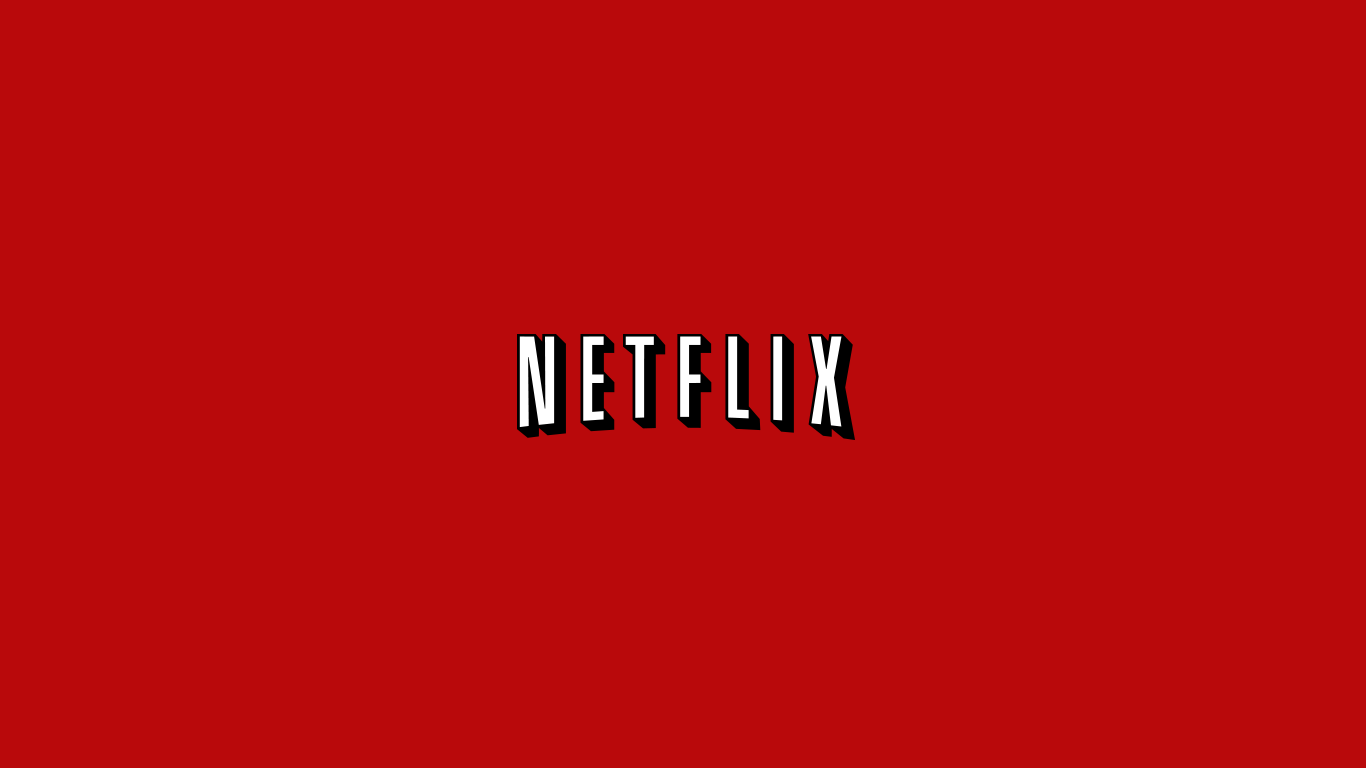Television, like despair and taxes, are what unite us all. More specifically, a common interest in video content is what unites us. Back when I worked with actual people in a room we’d all sit there at lunch and discuss the video content we’d consumed over the weekend. We’d tell tales of last night’s football game, some of us would even share what we thought was going to happen to Lady Mary Crawley in the next episode of Downton Abbey – two guesses who that was. (What? That Lady Mary is a very hard aristocrat to nail down.)
Let’s be clear now. Netflix has changed the way we consume this all-important form of content. In fact, I’d make that argument that Netflix has finally managed to transcended just being a service and become the way users expect to get video content in the internet age. House of Cards merely confirms what those who ditched cable have said for years, that Netflix and services like it are simply better at delivering an entertainment experience at a reasonable price.
What Is Netflix?
Netflix is a service that provides access to a large cache of video content from different providers over the internet. That’s it.
Though Netflix now produces its own original programming, the service’s entire library is made up of content licensed from Disney, CBS, ABC and practically any other movie studio or television channel that makes content. Typically, networks and video producers make entire seasons of shows or, as is the case with Star Trek, entire series runs online for users to stream through Netflix for the same flat price.
Why Should I Get Netflix?
There are multiple reasons why users get Netflix, but the biggest one is that they simply want on-demand access to a large cache of video wherever they are. For example, typically, cable subscriptions tie you to your television. Netflix content is plentiful and users can stream shows and movies from Netflix on smart televisions, gaming consoles, web browsers and practically anything else that has a screen.
The biggest advantage to having Netflix is that, in theory, it saves users money. I lived without cable television for four years. During that time I never felt compelled to pay Comcast an extra $40 for digital cable service and receivers because Netflix only cost me $7.99 and provided me with hours upon hours of content.
Netflix costs users $7.99 for one account.
How Much Does Netflix Cost?
Right now, Netflix costs users $7.99 for one account. Users can create multiple profiles and connect to the service from any device that has a Netflix account at that price, but they’ll only be able to stream content on two of those devices at the same time.
If you need to stream from more devices there’s also an $11.99 a month plan that allows users to stream to up to four devices at the same time. Regardless of which account you choose, Netflix allows subscribers to create profiles for each member of the family. This allows kids and other family members to enjoy the service without having to co-mingle their interests. In theory, this means that no one else in my house will ever have future seasons of Downton Abby recommended to them because of my viewing habits.
Could You Explain Some of the Features?
Accessing a Netflix account from the Netflix website surfaces all sorts of things.
Social settings – Social settings allow users to manager whether they want their Facebook account sharing their viewing habits or Netflix silently monitoring the social network for what’s most popular. By default, I tend to leave it off.
Language settings – change your default language settings.
Parental Controls – Simply put, use Parental Controls to keep the kids on your account from getting at any content you don’t feel is age appropriate. You can also create a profile that’s set to only present them with content that’s fit for ages under 12.
There’s also settings for managing subtitles, viewing your past streaming activity and helping Netflix better its recommendations.
Netflix really is a service that changes the way users consume video content. Feel free to leave your questions in the comments.
